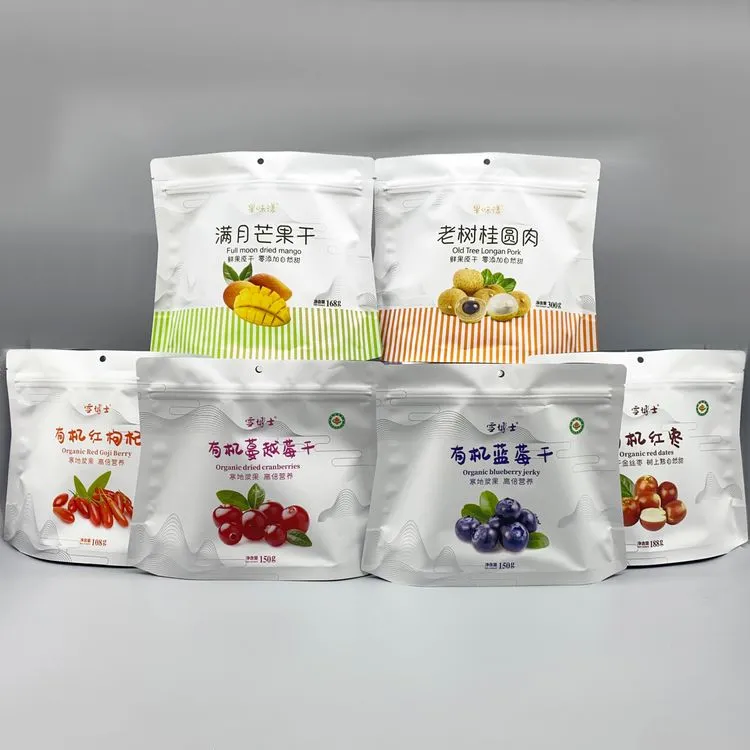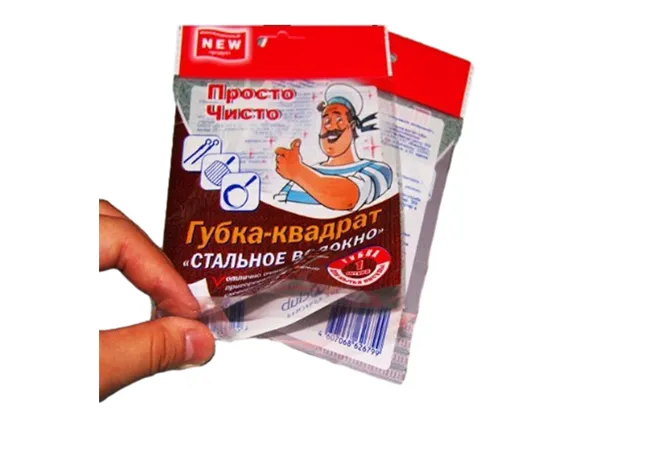- Introduction to grocery packaging pouch
: importance, market trends, and sustainability
- Technical advancements in grocery packaging pouches and their industry impact
- Comparative analysis of leading grocery plastic bag manufacturers
- Custom grocery packing pouch solutions for diverse business needs
- Case studies: Real-world applications and success stories
- Best practices for sourcing and evaluating packaging suppliers
- Conclusion: Future of grocery packaging pouch and choosing the right partner

(grocery packaging pouch)
Introduction: The Role of Grocery Packaging Pouch in the Modern Supply Chain
In the rapidly evolving retail environment, the grocery packaging pouch has emerged as a key player in preserving product quality, ensuring food safety, and driving sustainability. With global demand for flexible packaging projected to reach $315 billion by 2027 (Allied Market Research), retailers and manufacturers are rethinking their packaging strategies. Advancements in material sciences, consumer demand for eco-conscious solutions, and tightening regulatory standards have reshaped the sector. Notably, pouches now account for 29% of all flexible grocery packaging globally, reflecting their widespread adoption across supermarkets and specialty stores. Sustainability is at the forefront, as 58% of shoppers express preference for recyclable or compostable packaging options. Understanding the multifaceted role of the grocery packaging pouch helps businesses optimize operations, reduce waste, and elevate brand perception in a competitive marketplace.
Technical Innovations Driving Progress in Packaging
Over the past decade, technical breakthroughs have transformed the grocery packing pouch from a simple carrier into a sophisticated packaging solution. Contemporary pouches utilize advanced bioplastics, multi-layer barrier films, and smart printing technologies. For instance, the advent of high oxygen barrier films has led to a 47% increase in product shelf life for perishable goods compared to conventional plastic bags. Smart packaging, incorporating QR codes or temperature-sensitive inks, enables real-time tracking and consumer engagement. Laser scoring facilitates easy opening while preserving resealability, enhancing user convenience. In addition, automation in pouch manufacturing has enabled mass customization and consistent quality, reducing production lead times by up to 30%. These innovations allow brands to differentiate, optimize logistics, and meet diverse packaging requirements efficiently.
Grocery Plastic Bag Manufacturers: Comparative Analysis
When selecting between top grocery plastic bag manufacturers, it is essential to consider product quality, sustainability commitments, technological capabilities, production capacity, and customization options. Below is a data-driven comparison of four global leaders based on key procurement criteria:
| Manufacturer |
Annual Output (M Units) |
Material Options |
Lead Time (Days) |
Eco-Certification |
Customization Services |
Sample Availability |
Average Customer Rating |
| PackFlex Global |
950 |
PE, PET, PLA, Bioplastics |
21 |
OK Compost, FSC |
High |
Yes |
4.8/5 |
| EcoPack Solutions |
660 |
Recycled PE, PLA, Paper |
27 |
Blue Angel, TüV |
Medium |
Yes |
4.6/5 |
| RapidSeal Co. |
1100 |
PE, PET, EVOH |
19 |
ISO 14001 |
High |
Yes |
4.7/5 |
| UniPack Industries |
1200 |
PE, Biodegradable, Paper |
24 |
USDA BioPreferred |
Medium |
No |
4.5/5 |
The table underscores that while all manufacturers meet industry standards, key differentiators include eco-certification levels, material variety, and responsiveness to customization requests. PackFlex Global and RapidSeal Co. stand out for their rapid lead times and advanced customization services, making them preferred partners for brands seeking agility and innovation.
Tailored Grocery Packing Pouch Solutions for Modern Businesses
Customization has become vital in grocery packaging pouch solutions, as brands prioritize distinct visual identities and precise functional attributes. Today’s suppliers offer a broad spectrum of printing techniques, pouch formats, finishes, and closure systems. Brands can select from stand-up, flat, zipper, or spout pouches to enhance shelf appeal and usability. For sensitive goods, options include high-barrier films for aroma and moisture control, or compostable layers for sustainability. Digital printing enables short runs with vivid, photorealistic graphics, enabling test marketing and seasonal campaigns without excessive waste. Moreover, allergen-free and food-contact compliant inks are now standard for reputable suppliers, ensuring safety in line with FDA and EU regulations. Businesses benefit from collaborating on material selection and design engineering to optimize lightweight packaging, reduce transport costs by up to 18%, and minimize environmental impact.
Real-World Applications: Case Studies and Success Stories
Leading brands have leveraged advances in the grocery packaging pouch to achieve remarkable market gains and operational efficiencies. For example, a prominent organic cereal producer adopted a 100% compostable stand-up pouch and reported a 34% increase in shelf-life alongside a 52% improvement in consumer satisfaction within the first year. In another instance, a national supermarket chain shifted to digitally printed custom pouches for private-label snacks, seeing logistics costs decrease by 21% through more efficient pallet loading and reduced packaging weights. Furthermore, a startup in the frozen fruit sector employed high-barrier, resealable pouches, enabling a switch from rigid containers and reducing storage space needs by 40%. These cases highlight that strategic investment in advanced pouch solutions can drive tangible business metrics, enhance consumer convenience, and reinforce sustainability credentials.
Evaluating and Sourcing Grocery Packaging Suppliers Effectively
Identifying the right partner for grocery packaging pouches extends beyond price—success hinges on holistic supplier evaluation. Key considerations include track record in food safety compliance, evidence of sustainable practices, transparency in sourcing, and flexibility in order management. Engaging in joint packaging development projects with manufacturers provides insights into their technical problem-solving abilities and their commitment to innovation. Reliable suppliers proactively communicate upcoming material or regulatory changes, offer comprehensive product documentation, and maintain robust quality control across production batches. On-site audits or third-party assessments can further validate supplier claims. Additionally, a partner with global distribution capabilities helps ensure consistency across international markets, supporting brand reputation and operational continuity.
Conclusion: Choosing the Right Grocery Packaging Pouch Partner for Long-term Success
As consumer expectations and industry regulations continue to evolve, the grocery packaging pouch will remain pivotal to retail packaging strategies. Achieving enduring differentiation and cost-efficiency requires partnerships with forward-thinking manufacturers, robust technical knowledge, and a shared vision for sustainability. Companies that select suppliers with proven expertise in advanced materials, customization, and eco-certifications will be best positioned to capture new growth opportunities and reassure mindful consumers. In the coming years, innovations such as fully circular pouch systems, smart labeling for traceability, and zero-carbon production are set to redefine benchmarks. Ultimately, the most successful adopters are those who actively integrate next-generation packaging options into their business models, securing a competitive edge through superior grocery packaging pouch solutions.

(grocery packaging pouch)
FAQS on grocery packaging pouch
Q: What materials are commonly used for grocery packaging pouches?
A: Most grocery packaging pouches are made from food-grade plastic, such as LDPE, HDPE, or laminated films. These materials keep groceries fresh and prevent leaks. Some manufacturers also offer eco-friendly options.
Q: How do grocery packing pouches help extend shelf life?
A: Grocery packing pouches are designed to provide an airtight seal, blocking out moisture and contaminants. This helps preserve freshness and extends the shelf life of packaged goods. Many pouches also feature resealable closures for convenience.
Q: Can I order customized grocery plastic bags from manufacturers?
A: Yes, many grocery plastic bag manufacturers offer customization services. You can select sizes, materials, and printing to suit your branding needs. Contact manufacturers directly to discuss your specific requirements.
Q: Are grocery packaging pouches recyclable?
A: Some grocery packaging pouches are recyclable, depending on the type of plastic used. Check the recycling symbols or consult with your pouch supplier. Increasingly, manufacturers are offering recyclable and biodegradable options.
Q: What factors should I consider when choosing a grocery packaging pouch manufacturer?
A: Look for manufacturers with food safety certifications, customization options, and reasonable minimum order quantities. Pricing, material quality, and customer service are also important. Ask for samples before making a large order.